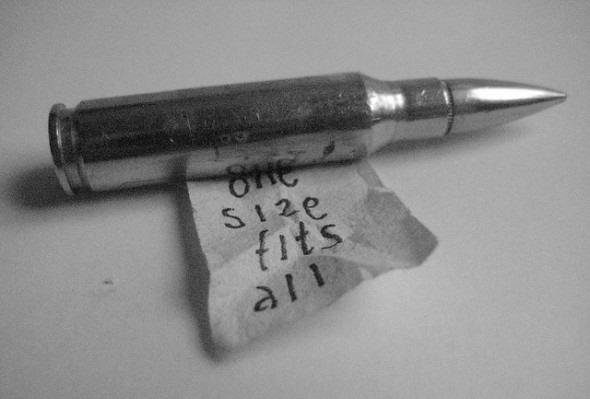Handling your money is a personal endeavor. You are the person in control of what you spend on and how much you allocate to your expenses. The amount of pressure and responsibility is part of what makes budgeting so difficult. How do you decide what to buy, when to buy it, and how much you should spend? Saving money presents challenges all its own. Add to this chaos the confusion of loans, debt, and perhaps mortgages, and crafting a personal budget becomes a near impossible task.
I moved to New York City (a notoriously expensive place) with less than $100 to my name. Foolish, yes, but I learned how to budget the money I was making in a way that allowed me to create savings, albeit modestly, and to grow those savings at a steady rate. Now, having enough for my student debt, rent, grocery bills, going out with the girls isn’t too difficult to manage within a month’s pay. How did I arrive to this point? I discovered the 50-30-20 plan.
The Breakdown
TIME magazine influential person Elizabeth Warren, along with her daughter, came up with the 50-30-20 budget plan. This budget plan is a perfect basis for anyone trying to discipline their spending habits and manifest savings and/or debt reduction. As long as you have a steady source of income, you can apply these rules to your finances. I have a decent job that pays bi-monthly; by no means do I make a large amount of money, especially considering I live in NYC, just graduated college (and therefore have looming student loan debt), and tend to find myself in constant “need” to go out with friends.
However, once I began to follow a plan, I discovered I could indeed ave fun, pay bills, and still save. Once you can break your check down into discernible parts, you know exactly how much money you can spend on each cash-reliant category of your life; having defined boundaries makes disciplining yourself much easier. The basics of the 50-30-20 plan are:
Calculate your pay after taxes– Find your take-home pay after all withholdings, including social security, state and local taxes.
• 50% of that amount you determined is allocated towards “needs.” We’ll talk more about those in just a minute
• 30% of that total can be budgeted for “wants,” entertainment, etc.
• 20% of the beginning amount is set aside for savings and/or debt reduction.
This is your blueprint. If you know that you can live without a social life and/or new stuff for a few months, and want to beef up savings (or your debt is outrageous, and your “needs” aren’t high), make the 30% for savings, and the 20% for entertainment.
Needs vs. Wants
This is where the budget plan becomes personal. It is up to you, and only you (unless you happen to be married, in which case, you should consult with your spouse. Don’t say I didn’t tell you) which of your expenses are needs and which are wants.
• Needs: In general, your basic needs are food, clothing, and shelter. This does NOT include those new amazing shoes or leather jacket, but if you have holes in the big toe of every pair of socks, you need new ones. Expenses like rent (or mortgage payments), groceries, pet needs, health bills, electricity, and basic phone services are all needs. If you can go another month or two without it, it isn’t a need.
• Wants: This category, the 30% of your calculated income, is devoted to the “extras” in your life. Dining or drinking out, recreation, new clothes, and vacations can be factored into this portion. Personally, I divide up my allocations twice a month, so my 30% tells me how much I can spend on entertainment between checks, although someone else might do theirs by month.
Since 80% of your income is devoted to these two categories, it is worth spending a bit of time figuring out how you will define your expenditures. The last 20%, as mentioned, goes to savings and/or debt reduction.
Since I have student loan payments factored into my monthly expenses, I allocate the entire 20% to my savings account. However, someone with outstanding credit card debt may want to spend that 20% reducing his or her debt. This plan is just a foundation, how you build on it is up to you.
One Step at a Time
Success is building progress slowly, and after just one month of using this budget plan, I noted a difference in my spending habits; I felt more in control of my money. It’s empowering to be able to save and still pay for everything you need to. For more tips on saving money, check out other posts in the SmartAsset blog, especially the $50 food budget posts. Let us know how this plan worked for you in the comments!
Photo Credit: flickr
